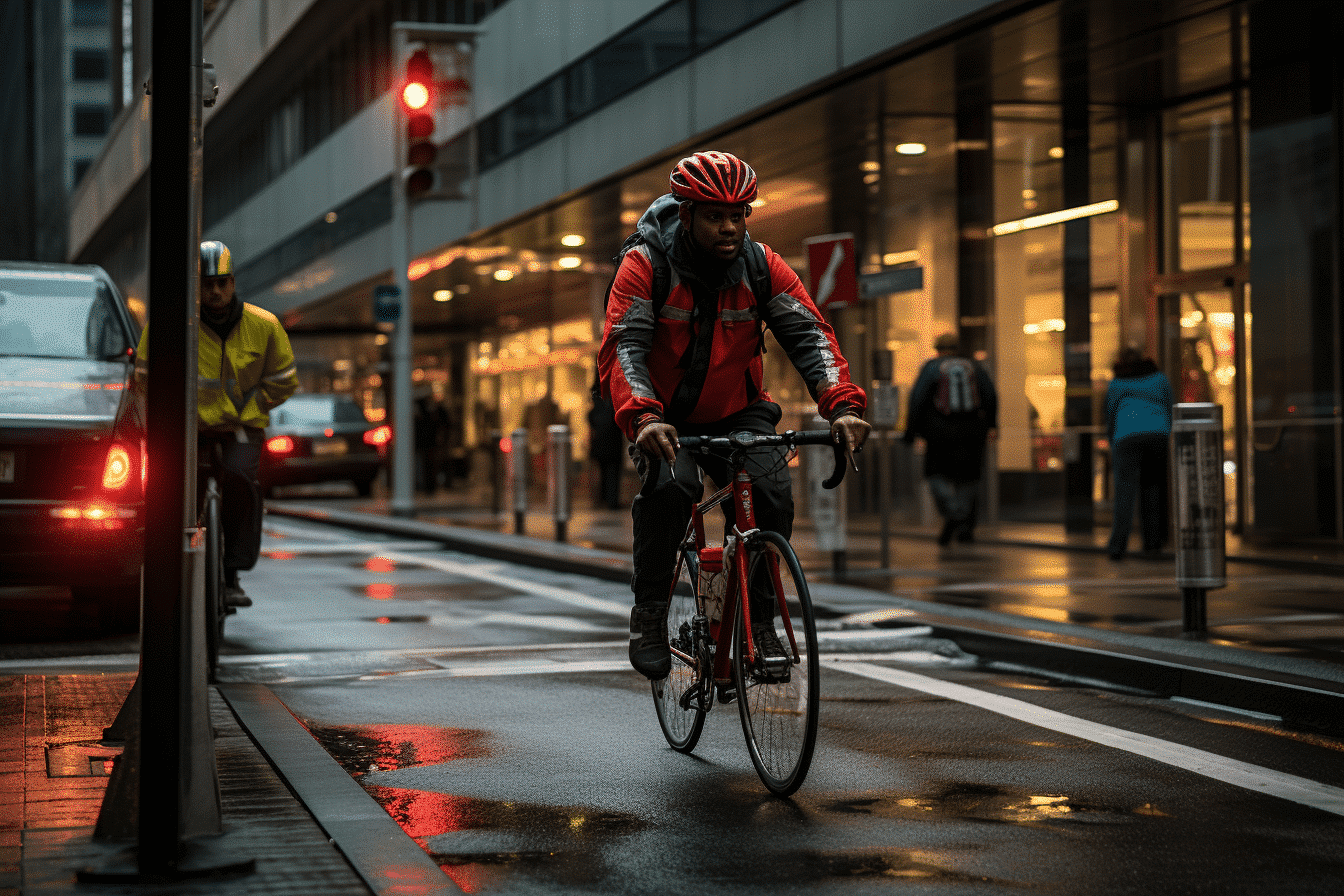In a perplexing turn of events, roadway fatalities in the United States are surging despite the continuous improvement in vehicle safety.
The nation has witnessed an alarming increase in pedestrian and cyclist deaths, raising questions about the role of vehicle design, rising sales of larger vehicles, and the adequacy of current safety ratings.
A Soaring Fatality Trend
Over the past decade, a disconcerting trend has emerged. While advancements in vehicle technology have made cars safer, the overall number of car-related fatalities has been on the rise.
The most striking increase, however, has been in pedestrian and cyclist deaths, which have surged by over 60% between 2011 and 2022. This unsettling rise in fatalities has left experts searching for answers.
The Influence of Larger Vehicles
One significant factor in the rising pedestrian and cyclist fatalities is the steep increase in the sales of SUVs, pickup trucks, and vans. These larger vehicles, accounting for a substantial 78% of new U.S. vehicle sales in 2022, have different dynamics when involved in accidents.
Studies have shown that SUVs and pickups are more likely to cause severe injuries or fatalities to pedestrians and cyclists, often striking them in vital areas rather than their legs. Visibility issues, especially concerning blind spots, further exacerbate the problem.
Inadequate Safety Ratings
The current safety ratings in the United States only consider the well-being of those inside vehicles, ignoring the safety of pedestrians and cyclists. To address this oversight, the National Association of City Transportation Officials is spearheading an initiative urging transportation authorities to incorporate pedestrian and cyclist safety into their 5-star safety ratings.
The proposal aims to provide consumers with more comprehensive information about the safety of vehicles, taking into account the risks they pose to those outside the car.
A Call for Holistic Solutions
As the nation grapples with the troubling rise in road fatalities, it is becoming increasingly evident that a multifaceted approach is needed. While technological advancements, such as automatic emergency braking and improved night vision cameras, offer potential solutions, experts stress that they are only part of the remedy.
To truly address the issue, infrastructure changes, rigorous speed limit enforcement, and modifications to vehicle design are required. The advocacy efforts of organizations like Families for Safe Streets are instrumental in pushing for these changes to prevent further heart-wrenching tragedies on our roadways. The pressing question remains: can we make our roads safer for everyone?
